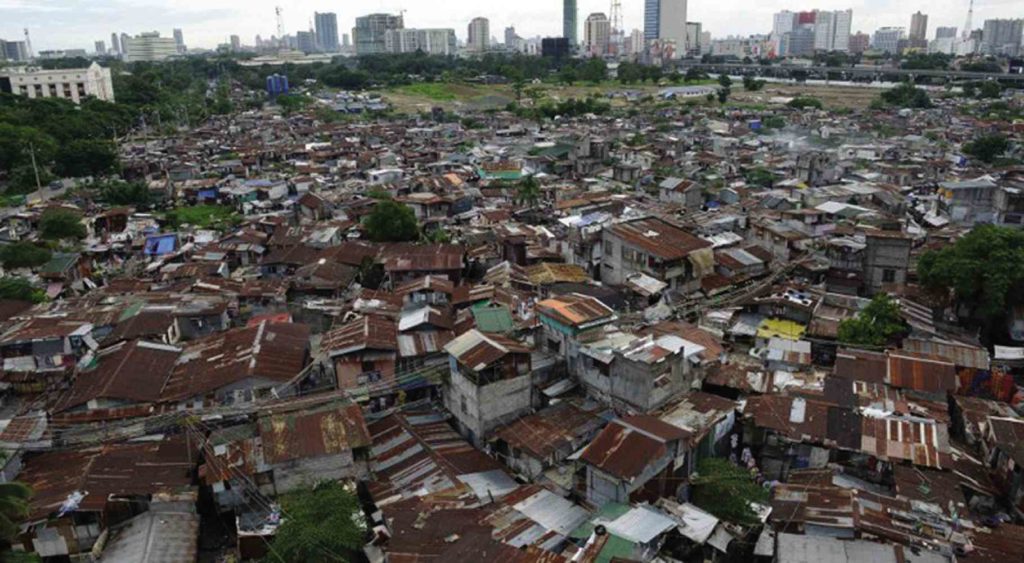Achieving urban inclusion

Rapid urbanization is both a challenge and an opportunity.
The East Asia Pacific region is reportedly home to the world’s largest slum population: a staggering 250 million people with poor-quality housing, who have limited access to basic services, and are at risk to hazards such as flooding.
In this same region, roughly 75 million people survive on less than $3.10 a day and three countries, namely the Philippines, China, and Indonesia, account for the bulk of the urban poor, according to a new report by the World Bank entitled, “Expanding Opportunities for the Urban Poor.”
What do these data mean?
It clearly showed that while rapid urbanization in the region provided scores of opportunities for growth and prosperity, it also created challenges including the lack of access to jobs, infrastructure, and affordable housing, deficits in basic service provision, and the widening inequality for urban dwellers.
And it would be crucial to address these challenges as urban inequality can undermine urbanization’s benefits by “threatening the sustainability of the growth process and slowing poverty reduction, and it can lead to social divisions, conflict, and rising crime and violence in cities,” the multilateral lender explained in the report.
Widening inequalities
According to World Bank, cities across East Asia and the Pacific, the world’s most rapidly urbanizing region, are not delivering infrastructure, jobs, and services at a pace as rapid as urban development, leading to widening inequalities that may hamper economic growth and lead to social divisions.
“Cities across East Asia have propelled the region’s tremendous growth. Our collective challenge is to expand opportunities to all in the cities—from new migrants living in the peripheries to factory workers struggling to pay rent—so that they can benefit more from urbanization and help fuel even stronger growth,” said Victoria Kwakwa, World Bank VP for East Asia and the Pacific.
The World Bank thus stressed the need for city governments to have a multi-dimensional approach to planning, incorporating aspects of economic, spatial, and social inclusion to foster economic growth and reduce poverty.
According to the report, the economic dimension of inclusion refers to equitable access to jobs and income-generating activities in cities, which are said to be critical to poverty reduction and economic inclusion.
The social dimension of urban inclusion relates to individual and group rights, dignity, equity, and security, while spatial inclusion links equitable access to land, housing, infrastructure, and basic public services, the World Bank report further explained.
Spatial inclusion
According to World Bank, spatial inequality in many cities in the region is high, with major divisions in access to housing, infrastructure and services, and affordable transportation. Deficiencies are evident in slums where many of the urban poor live.
The World Bank identified three key areas as lacking for the urban poor. These are accessibility, affordability, and quality and safety.
The report noted that the urban poor’s level of access to housing and basic services varies considerably. In the Philippines, 21 percent of the urban population do not have access to improved sanitation. Basic road infrastructure, at the heart of accessibility, is also often constrained in slums where roads are narrow and without sidewalks.
The World Bank also said that high housing costs limit affordability by the urban poor. Given the informal nature of their work or residency, the urban poor tend to be underserved by banks that might otherwise provide financing and loans for home ownership.
Substandard housing further gives rise to serious concerns about shoddy construction and overcrowding, and associated health and safety risks. In areas unserved by public utilities, reliance on unregulated private vendors for water provision may leave consumers vulnerable.
Recommendations
The report thus recommends 10 guiding policy principles that can be adapted to specific circumstances.
These include connecting the urban poor with job markets; investing in integrated urban planning; ensuring affordable land and housing; recognizing the rights of all citizens to the city; targeting marginalized sub-groups among the urban poor; strengthening local governance and embracing citizen engagement; and investing in better data and information systems, for evidence-based policy making.
According to World Bank, a concerted effort by policy makers to better connect the urban poor with job markets is necessary if the urban poor are to secure “good jobs” or jobs with high enough wages to allow them and their households to meet basic needs.
There is also a need to encourage pro-poor economic development through initiatives that can expand credit to vulnerable groups, and policies that protect and promote the rights of informal workers.
It’s necessary to invest in integrated urban planning to ensure geographic alignment between jobs, markets, public transportation, health and education services, recreational areas, and affordable housing.
Another essential part of encouraging inclusive cities is to build on the understanding that all citizens, regardless of identity, income status, or whether they were born in rural or urban areas, can have equal access to urban services or purchase property.
“Rapid urbanization is a challenge and an opportunity. Provide low-income residents with affordable transport services or housing, so they can save for their children’s education. Ensure that social protection programs are in place to help families cope during difficult times, such as in the aftermath of natural disasters,” said Judy Baker, World Bank lead urban specialist and lead author of the report.
“Solutions for inclusive urban growth are not one-size-fits-all, but they are practicable, effective, and necessary for the greater good,” Baker said.














